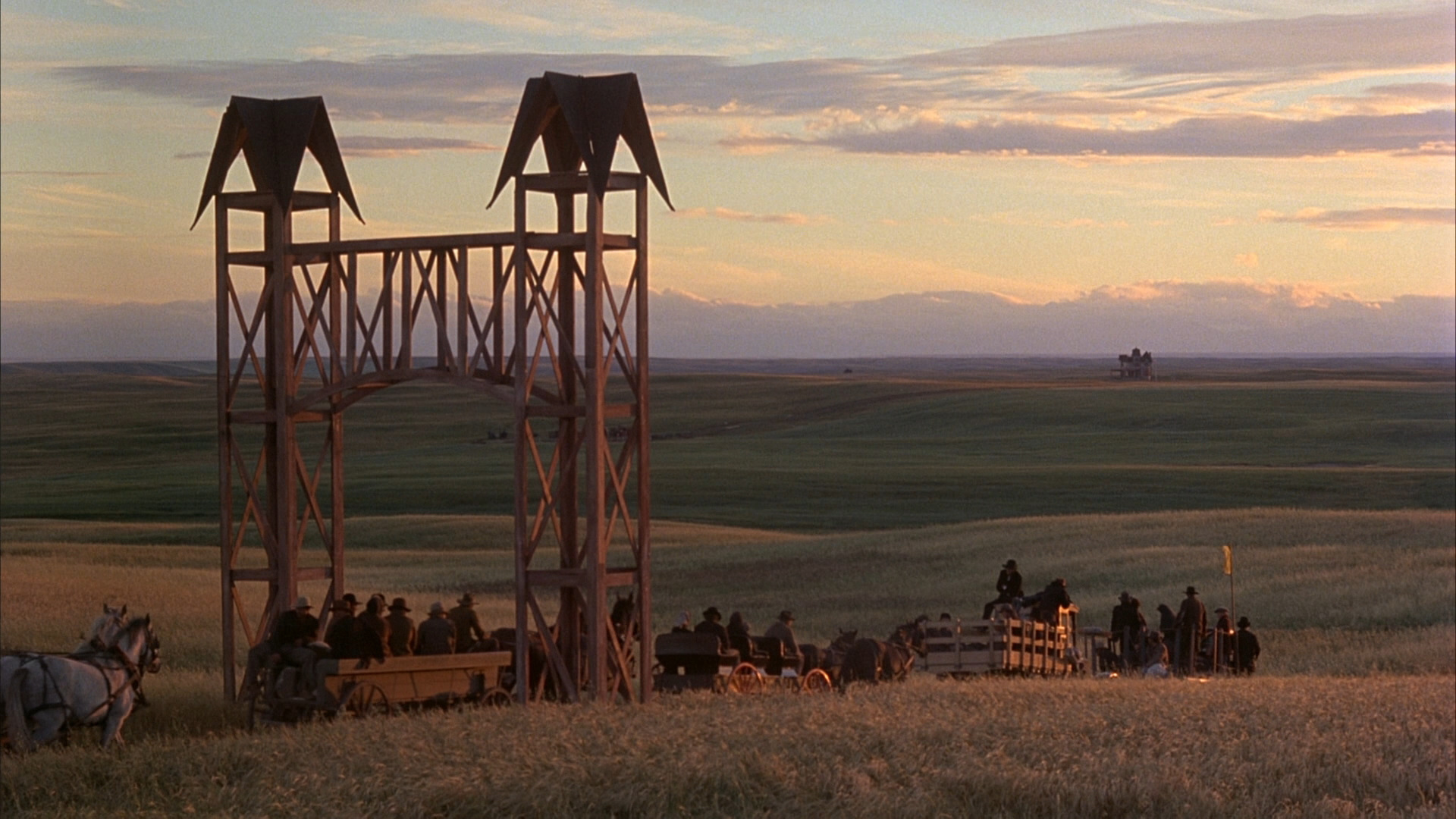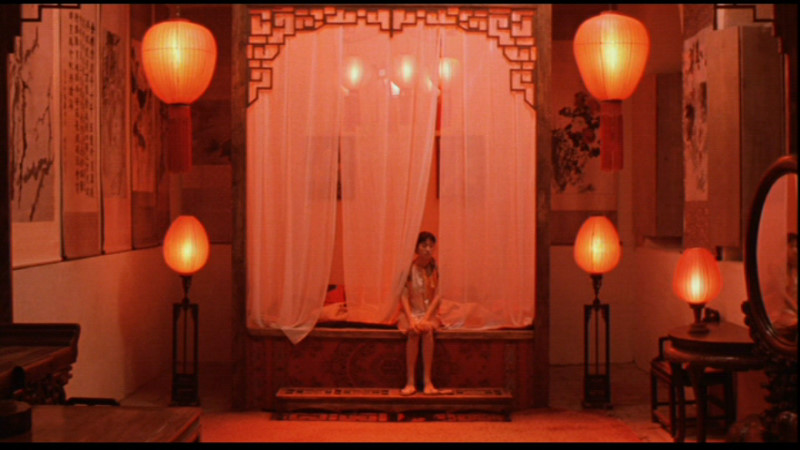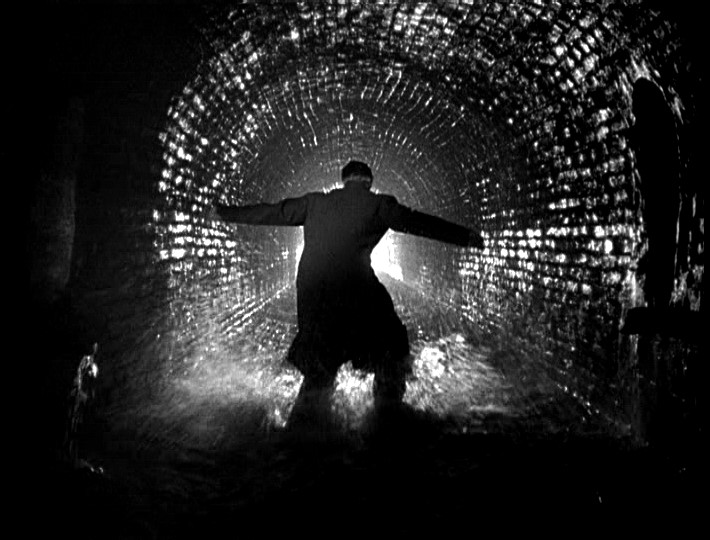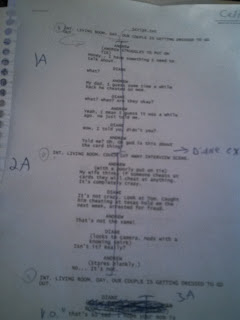At the start of this class I was scared to hold a camera. Previous incidents made me nervous, and a lack of exposure to getting out and filming made me feel hesitant to try. I think the main thing this class did was teach me that you have to be comfortable with doing what needs done. By necessity I got more relaxed holding a camera because I needed to be out looking for beautiful shots for my reel. By necessity I needed to learn how to communicate and trust my team.
I think hands on classes like these are vital to any student's success and any TCF student whom passes up this class is truly missing out. Sports filmers could learn about camera specs for location shoots, journalists could learn about communicating with directors, editors can learn about the intent of shots, and directors can learn about how to turn ideas into reality. This class is simply a must have for anyone in the department.
The course load is fair and I found myself surprised with how smoothly I managed to get each assignment done. While some weeks felt quite intense I actually didn't get into too much trouble with time constraints. The lessons were insightful and the material was relevant. You really can't ask for much more.
I hope to see you again.
Tuesday, December 10, 2013
Wednesday, December 4, 2013
Assignment: Demo Reel
Reel from Joshua Key on Vimeo.
My name is Joshua C Key. I have a hard time viewing myself as an artist. I enjoy creative activities, but I almost view my style as mechanical. I've always felt more like an engineer than an artist. Learning trades and skills then applying them and seeing the result, then going back to learn more when I am not happy with it. In this way my progress can often be glacial, but I'd like to think it's also steady. Rather than the uneven progress others might make I feel like I can always advance with each step, albeit at a measured pace. I love learning about all aspects of the process. Perhaps it shows in my varied course history. Audio editing, post production, directing, cinematography. I've dabbled in each aspect, learning the basics in everything. I feel this makes me uniquely qualified to assist in any production, but at times I worry about my lack of specialization. Entering into this semester I finally found my 'calling'. I simply fell in love with editing. There's something about arriving to the chaos of footage and slowly, methodically, organizing it into a structure that strikes me as endlessly fascinating. The way you take so much raw material and then craft it together into a finished product. And this is why I have come to realize that whether or not I am comfortable with the heft and weight of the title "artist" an artist is what I have to become. I'm learning to invest myself into my projects, and to bring my own flair to my projects. Even in the editing room your hands are all over the film and in that way you're touch is on the film. With the learning and skill of an engineer and with the bravado and courage of an artist I try to bring out the director's vision in a way that only I could. This isn't something that's easy and I know I have a long way left to go. That's why I've enjoyed this semester so much. Learning about camera work, about audio production, refining my skill as an editor, all of this gives me a deeper understanding of my task as an editor. Now I know why he pans, and what the pan means. Not in an technical sense, but from an artistic sense. I understand the emotion conveyed in tilt or a canted angle. This makes me a better editor but it also makes me a better communicator. My teacher this semester used the word "literate." When we entered the class he informed us, much to our dismay, that we were "Illiterate." In the language of film, editing, and cinema, we were still young learners. Each class has been unlocking a bit of the language, and now I feel like I am finally "literate" in the language of media production. I understand the terms, but more importantly I can now grasp the meaning. That, to me, has been the most useful thing of this semester. I've gone from purely practical "engineering" to "art". While I still feel I am only at the cusp of this process, I am at least glad to have begun that transition. I am grateful to this college and the professors for the time and effort they've invested in me. I've always said I'm not a man with many 'talents'. That anything I have achieved or will achieve was by learned practice rather than innate skill. However, I don't think this makes me worse off. Where some might, through luck or genius, achieve a great work. I have practiced my skills enough to produce "Art" with the consistency of an "engineer" and so it's come full circle.Thursday, November 21, 2013
Tuesday, November 12, 2013
Blog #8 Visual References For Scene Assignment
Parenthood, dark, color adjusted
Bright lighting
couch shot
My goal for this scene is to transform a relatively dramatic moment from "Parenthood" about a mother and father cheating and it's effects on the son into a silly little farce like what you'd see in Modern Family. I will use bright lights with soft shadows from Modern Family and combine it with a single camera style and a couch interview scene to create the appearance and 'feel' of a a Modern Family scene using the basic premise from the Parenthood scene.
Blog #7: Best Camera
The "Best" camera is the one that suits the task that you currently have to achieve. That means that if you need slow motion the "Best" camera is the one that shoots sixty frames. (such as thev t2i or the 7d) If you need a quick shoot then the one that is "best"is the one with the best workflow. (such as the 5d with it's SD card and NOT the HDV with it's tape) The best camera really depends on the needs of your shoot at the current time.
Thursday, October 24, 2013
Monday, October 14, 2013
Blog Post #5 Inspired Lighting

The Maltese Falcon uses lighting to put her in jail before she's there.

The exorcist uses lighting to show the terror of our villain.

Baraka is one of the most beautifully shot films in history, using slightly askew lighting to tell a narrative that is equally askew of out world.

Days of heaven, which i watched thanks to you, is just stunning. The golden hour lighting turns landscapes into portraits.
Stark color contrast is used in The Last Emporer to assign meaning to visuals. Red for menace paints our protagonits.

Raise the red lantern floods every shot with color, making it essential viewing for a film that breaks all the rules so well.

The Third Man is iconic for it's pitch black blacks and it's huge exaggerated shadows.

The Cook, The Thief, His wife, and Her Lover is a film with a very unique visual style. The frame is always crowded with stuff which is all lit perfectly. I can only imagine how they made this work.
(with abotu 30,000 K, right?)
Amelie is a very saturated film which adds a unique flavor to it. But when it comes to films enhanced by a color tone..
O Brother Where Art Thou, for good or ill, introduced us to orange and teal. The color correction duo that every blockbuster since has strives to imitate. Howeever what always set this apart was the beautiful natural lighting that went along with this color. Everything pops.
Wednesday, October 9, 2013
Blog Post #4- DSLR Strengths and Weaknesses
DSLR Strengths:
These cameras are:
Small, so they are easy to transit and easy to set up for difficult shooting positions
Beautiful, great crisp clear images with vibrant color
Versatile, the lenses make these cameras extremely adaptable
Dramatic, the beautiful depth of field creates shots that simply take your breath away
ISO, great for filming low light scenes
DSLR Weaknesses:
Expensive, While you can get almost any kind of shot with these small guys, you might want to be more cautious than with a cheaper camera
Very Shallow Depth of Field, these cameras get in focus beautifully but they also get out of focus easily, this means that you won't film movement very easily.
Time Consuming, switching out lenses and resetting the focus every ten seconds can be a bit problematic
Audio, the mics are just very bad.
ISO, a great tool can become a crippling crutch. If you ever loose sight of the gain for grain trade off you jeopardize your entire shoot.
These cameras are:
Small, so they are easy to transit and easy to set up for difficult shooting positions
Beautiful, great crisp clear images with vibrant color
Versatile, the lenses make these cameras extremely adaptable
Dramatic, the beautiful depth of field creates shots that simply take your breath away
ISO, great for filming low light scenes
DSLR Weaknesses:
Expensive, While you can get almost any kind of shot with these small guys, you might want to be more cautious than with a cheaper camera
Very Shallow Depth of Field, these cameras get in focus beautifully but they also get out of focus easily, this means that you won't film movement very easily.
Time Consuming, switching out lenses and resetting the focus every ten seconds can be a bit problematic
Audio, the mics are just very bad.
ISO, a great tool can become a crippling crutch. If you ever loose sight of the gain for grain trade off you jeopardize your entire shoot.
Thursday, September 26, 2013
Midterm Scene Assignment
The scene I chose is a very critical scene from The Avengers. The scene comes from the midpoint of the movie and can be considered the build up to the lowest low. Our heroes gather together in one place for the first time. All of their story arcs have lead them to mistrust each other and SHIELD. Now they are given a proper reason to mistrust SHIELD, and with a little push from the villain, they fall apart almost instantly. This scene is a linchpin of the entire movie. Story-wise this scene sets up the heroes failure and drives them to the edge of the cliff. Filmwise it's a very well shot scene that toys with classic camera movement in a new and interesting way.
The style of the shot, the shot's composition, begins with classical shot/reverse. However, even this traditional shot/reverse is forced to accommodate five characters instead of two, often multiple characters in a single frame.
The introduction shot is wide long shot establishing shot of the room that the scene will be happening in. The framing here is quite interesting. Our heroes are bunched up together on the left of the frame with the entire wide open room being empty to the left side. We already see a feeling of the heroes being forced together, bunched up tightly. Tony Stark and Bruce Banner are allied against Nick Fury. Stark and Banner sit side by side facing Fury.The translucent computer screen Banner and Fury are working on becomes a physical wall between them and the man.
Shot/reverse, the previous information becomes much clearer. We see a framing of Bruce and Tony against Fury. It’s two sides. The two are united against their ally. Fury is uncomfortable. He can already sense the situation is bad for him. He’d framed dead center of the shot. Shot/Reverse is quick, following the flow of their conversation.
Cut away to the gun entering frame.Using Hitchcock's rule we know the gun is important as it’s now the largest thing in frame.
Captain in his full shot, upward angle. He has dominance over the conversation. His realization of Fury’s betrayal of the group’s ethics has made him strong as an individual. The camera is introducing him into the conversation with power, forcing Fury even more onto defense.
Again framing is key. Fury is alone, all the others are on the right side. Right now he’s the enemy and everyone is united against him. The gun is in front, reminding us why Fury is a bad bad dude. Stark still has his walls up. He is protected from real emotion. It’s gotten bad, but it hasn’t tipped yet.
The camera pans, it doesn't cut here. This is the start of interesting camera movement. Fury walks over, trying to calm Captain. Captain’s back is to us, now his walls are up. He’s been fooled before, he doesn’t intend to be again. He’s mistrustful.
Stark has removed his walls and engaged the conversation, now. He has moved the screen from in front of him and used it to show that Fury is lying, but in doing so he was forced out of the role of mirthful spectator. Now he is involved and his emotions are involved too. The conversation is becoming faster with four characters.
Fury realizes he’s in a losing situation here. He can’t explain himself as everyone has information they aren’t meant to have.His deceit and tricks aren’t working. Notice the framing. He is quite literally in a corner.
Thor and Black Widow enter the room. Both are framed together, a new faction. Five people are now in the room.
Bruce is now framed alone. Tony has left his side. They are becoming more isolated as the room gets more crowded. Bruce is framed tight. He seems large in the frame, taking up much of it.
Focus shifts from both to Black Widow as she pushes forward, Thor is edged to the side of the frame. She is desperately trying to get Bruce to leave and remain calm. She knows this situation is bad.
Again Fury is framed near the center, and alone. He’s isolated and surrounded. His emotions begin to rise.
The next shot is critical. While the focus is on Banner the scepter is large and glowing in the foreground of the shot. Your eye is drawn to it. Again we are drawn to Hitchcock's rule. Suddenly the secret of the shot begins to clear up. We see everyone gathered in the room and the scepter, drawing a link between them and it.
The next shot has Banner questioning Fury. His emotions are rising. His back is to us. Tension is building. As Banner gets more upset fears rise.
Again we cut back to Widow, the cutting is becoming very fast now. She’s framed farther back, as if she’s backing away from Banner Banner is framed dead center now with the light behind him. He feels trapped in by the window behind him and the hanger outside the room. Suddenly he feels very crushed in.
Fury is trying to explain himself. The camera takes an upwards angle again. Fury once more has the power.
Here the camera cuts between Thor and Tony to give their reaction to Fury’s revelation before finally it cuts back to Fury. The camera has shifted to no longer show Captain at his back but Thor at odds with him. Thor has been forced into the argument.
A new establishing shot. Now everyone has backed away from each other. The tension is momentarily released and this allows Nick a few moments to speak uninterrupted. He explains why they’re in the situation they’re in.
Nick Fury is facing the camera now, speaking directly to Thor and the audience. Suddenly his motivations are made plainly clear. However this pushed Thor even more at odds.
Fury continues to speak, but now he and Thor are on complete opposite ends of the frame. They are divided.
The cutting picks up pace again here to show each person’s reaction. They're all alone, with backs to the wall. They all feel boxed in. Finally we cut back to Fury.
The framing here is very deliberate. Fury is at the front of the frame, but Stark is at his back. As soon as Fury speaks Stark cuts in to cut him down. Now the camer pans and trucks across the room, not cutting but flowing between each character. First to Stark, briefly to cap, then to Stark but now he’s framed alone. Back to Fury and Cap whom are now framed together. Sides are shifting, everyone’s beginning to talk at once.
A brief cut puts us behind Stark’s back. He’s pushed on the deense. Everyone is talking. The camera is now at an unnatural canted angle. Everything is wrong. The camera pushes through to focus on Fury, then Thor, Then Black Widow, Then Bruce. Everyone is together but opposed. It’s no longer cutting at all, it’s flowing. Finally the camera settles on the glowing scepter. It rises over the scepter as the noise of the argument continues. Finally be slowly lower showing everyone upside down. It’s all painfully clear. The scepter is symbolic of Loki, and he’s managed to turn the team upside down, fighting each other instead of him.
Subscribe to:
Comments (Atom)








